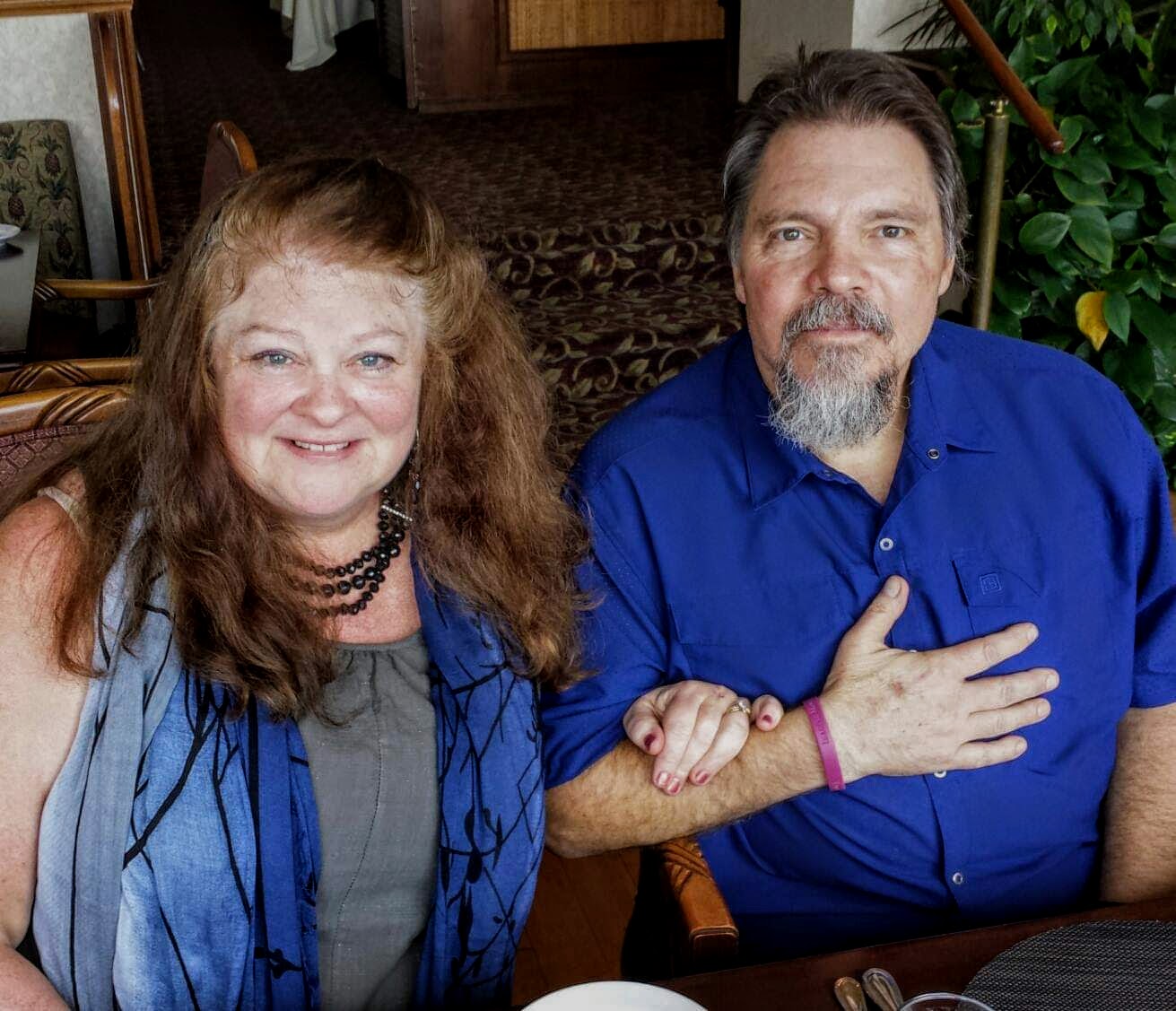Mikinàk Tales
- Jenny Dunaway

- Jun 24, 2020
- 3 min read
Updated: Jun 30, 2020
(This is another excerpt from the children's book I am writing. The story is from the point of view of our canoe. Please forgive my visuals--they help me create the story.)

There are those in our lives who tell family stories. They know how to paint with words. The listener hangs onto every color, every smell, and every sound. The rise and fall of their voice is soothing as the words flow like a favorite song from their mouths. Their stories take the listener back to another time. It is as if the listener were there, witnessing the unfolding events. I believe there is a lot of truth in such stories. Turtles are natural-born storytellers. My friend, Mikinàk, has that gift. The tales he shares come from his ancestors and have been passed down generation to generation. I think Mikinàk (Algonquin for turtle) is the wisest of all my friends. Perhaps it's his advanced age or maybe it's the rhythm of each story he tells. I am drawn into his circle. I am no longer alone. I can see through the eyes of his grandfathers as Mikinàk tells his tales. My friend has taught me much.

"What do you see when you look south?" he asked me one day. From my slightly elevated perch on the marsh above Oyster Creek, I gazed across the Rappahannock River. "I see Stingray Point."
"Indeed, you do, Cattail. But I will tell you what you do not see." Mikinàk began, "Four hundred years ago the Rappahannock River was not the river you see today. The oysters bars were like white mountains rising on either side of the river. They were natural channel markers because they prefer shallow water. The deep Susquehanna River valley that carved out the ancient channel could be observed by the osprey as smooth paths through the middle of the river. The sturgeon were so thick it was challenging for my family to swim. There were grasses growing and young blue crabs could hide when their shells were soft. The waters of the river were clear. The jellyfish were visible, like hundreds of white bubbles floating with the tide. We were very content in those days."
"The People of Cuttatawomen, where you are today, respected the earth and the water. They had inhabited the shore of the Rappahannock for thousands of years. We lived in harmony. Then, everything changed. The shallop carrying Englishmen arrived across the river. They were amazed at the bounty the Rappahannock had within its shores. "

"What's a shallop, Mikinàk?" I asked having never heard the word before.
"They are open, wooden sailboats that carried men on the bay. This particular shallop ran aground just off the point across the river.
The captain ordered everyone on board to take their swords and spear fish, rays, or anything they could because in their haste to flee from a tribe who was not as friendly as those in the Cuttatawomen village, they had not eaten for awhile. As the captain attempted to remove the stingray from his weapon, the animal's telson punctured his arm. The telson is a barb located where the ray's body and tail meets. His arm began to swell and his crew feared he would die. They even dug a grave on the shore. The People living there told the Englishmen that they must travel across the river to see the healer of the Cuttatawomen village. The doctor on board the shallop had done everything he could do to help the captain yet he was not improving. They quickly sailed across the Rappahannock since the tide had risen enough to float the boat. I do not know if she created a poultice with usnea or she used cattail, Cattail. Whatever the medicine, the infamous Captain John Smith made a remarkable recovery. In fact, he and his crew feasted on the cow nose ray that evening.

Apparently, Captain Smith was mapping the Chesapeake Bay on that exploratory voyage. He named the body of water where the village was located Antipoison Creek and the point across the Rappahannock as Stingray Point. The Cuttatawomen village was located just west of Burke's Beach. That is probably why Mom and the boys often find arrowheads and other artifacts on the beach, though most of it is underwater, now. Yes, the Rappahannock is a different river today, Cattail."
There was a sadness in his voice and I realized that change isn't always a good thing. I tried to imagine how it must have looked four centuries before there was a bridge over the Rappahannock, motorized boats, and jet skis. The only sounds to be heard would be the call of an osprey and the gentle lapping of the waves at the shore. Even today, it was still usually very peaceful here in the marsh, usually...





Comments